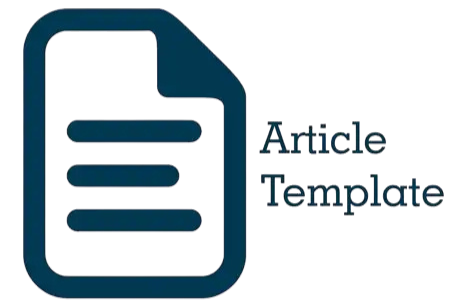Hoax Detection Program: Pendampingan Analisis Literasi Digital Konten Hoax untuk Majlis Taklim Muslimah di Jawa Tengah
DOI:
https://doi.org/10.21580/dms.2021.211.7427Keywords:
Majlis Taklim, Hoax, Literasi DigitalAbstract
Hoax dan fakta adalah dua hal yang berbeda tapi sering salah tebak. Keterbatasan informasi, identifikasi dan adanya keinginan berbagi informasi menjadi faktor utama hoax begitu mudah menyebar di tengah masyarakat. Majlis taklim muslimah di Jawa Tengah sebagai pusat kegiatan keagamaan ibu muslimah menjadi tempat diseminasi gagasan anti-hoax yang efektif karena selain menjadi forum kajian keagamaan dan spiritualitas, majlis taklim memiliki peran untuk penguatan persoalan sosial termasuk gerakan deteksi hoax. Proses pengabdian ini berlangsung dalam tiga tahap: assessment lapangan, FGD tentang literasi digital dan wawasan hoax, pelatihan dan pendampingan mengenai literasi digital untuk mendeteksi hoax serta tindak lanjut. Ada beberapa hasil dari pengabdian ini, antara lain subjek dampingan merupakan vulnerable communities dalam konteks informasi digital, dimana rentan usia didominasi 50-60 tahun yang memiliki kecakapan literasi digital rendah. Setelah program dampingan dilakukan, terjadi peningkatan kemampuan dalam proses deteksi hoax.
Downloads
References
Benkler, Y. (2012). Sharing Nicely. In The Social Media Reader. New York: New York University Press.
Boese, A. (2002). The Museum of Hoaxes. Hardcover –November 11, 2002.
Castells, M. (2002). The Internet and The Network Society. In B. Wellman & C. Haythornthwaite (Eds), The Internet in Everyday Life. Malden, MA: Blackwell Publishing Ltd.
Pratama, A. B. (2016). Ada 800 Ribu Situs Penyebar Hoax di Indonesia. Diakses dari situshttps://www.cnnindonesia.com/teknologi/20161229170130-185-182956/ada-800-ribu-situs-penyebarhoax-di-indonesia/tanggal 14 Agustus 2019.
Mastel. (2017). Hasil Survey MASTEL Tentang Wabah HOAX Nasional. Diakses dari situs: http://mastel.id/infografis-hasil-survey-masteltentang-wabah-hoax-nasional/ diakses pada tanggal 14 Agustus 2019.
Downloads
Published
Issue
Section
License
Copyright
The copyright of the received article shall be assigned to the journal as the publisher of the journal. The intended copyright includes the right to publish the article in various forms (including reprints). The journal maintains the publishing rights to the published articles. Therefore, the author must submit a statement of the Copyright Transfer Agreement.*)
Licensing

This work is licensed under a Creative Commons Attribution-ShareAlike 4.0 International License.
In line with the license, authors are allowed to share and adapt the material. In addition, the material must be given appropriate credit, provided with a link to the license, and indicated if changes were made. If authors remix, transform or build upon the material, authors must distribute their contributions under the same license as the original.
_______
*) Authors whose articles are accepted for publication will receive confirmation via email and send a Copyright Transfer Agreement.









